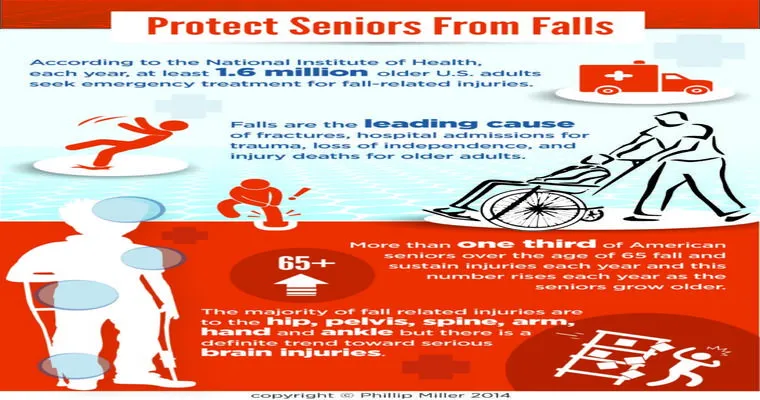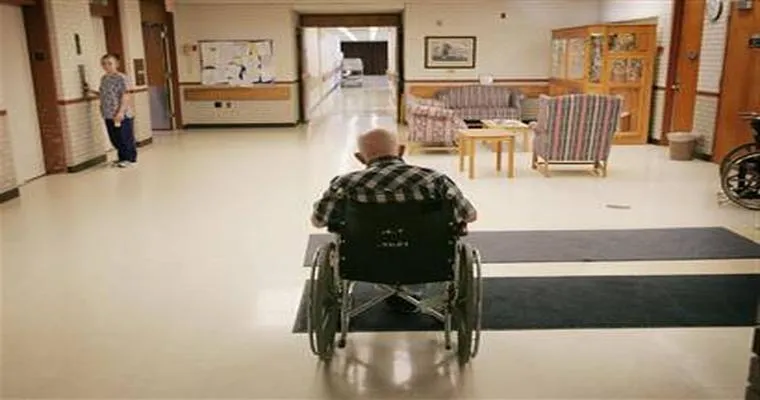Falls are a significant concern for the elderly due to their increased risk of severe injuries, which can lead to long-term health complications and even death. The "impact of falls" on older adults is profound, as they often result in "fractures", "head injuries", and a decline in mobility. Understanding why falls are so dangerous for the elderly is crucial for caregivers, families, and healthcare professionals aiming to improve the safety and quality of life for this vulnerable population.
One of the primary reasons falls pose such a risk to older adults is the "decline in physical health" that often accompanies aging. Many elderly individuals experience a decrease in muscle strength, balance, and coordination. These physical changes make them more susceptible to stumbles and falls. Additionally, conditions such as "arthritis", "vision impairments", and "neuropathy" can further complicate their ability to navigate their environments safely.
Injuries from falls can be particularly severe for the elderly. A common injury resulting from falls is a "hip fracture", which can lead to surgery and a lengthy recovery process. Studies have shown that older adults who suffer a hip fracture have a high risk of complications and may never regain their previous level of independence. Other serious injuries include "head trauma" and "internal bleeding", which can significantly impact an older person’s overall health and can even be fatal.
Moreover, falls can create a psychological impact. After experiencing a fall, many elderly individuals develop a fear of falling again. This fear can lead to "social isolation", decreased physical activity, and further deterioration of health. The psychological repercussions can be just as debilitating as the physical injuries sustained during a fall, creating a vicious cycle that is difficult to break.
Preventing falls is essential for maintaining the health and well-being of older adults. Simple measures such as ensuring proper lighting in homes, removing tripping hazards like loose rugs, and using assistive devices when necessary can significantly reduce the risk. Regular exercise focused on strength, balance, and flexibility can also empower elderly individuals to stay active and minimize their risk of falls.
In conclusion, falls are particularly dangerous for the elderly due to the high likelihood of severe injuries and the subsequent impact on their physical and mental health. By understanding the risks and taking proactive measures, families and caregivers can help protect older adults from falls, ultimately improving their quality of life and promoting a safer living environment.





